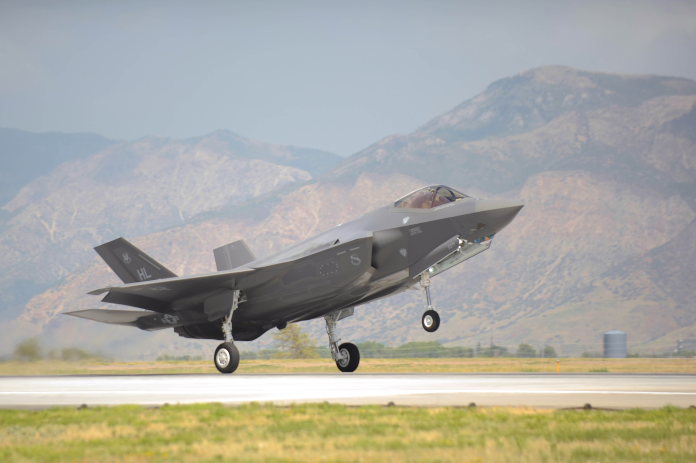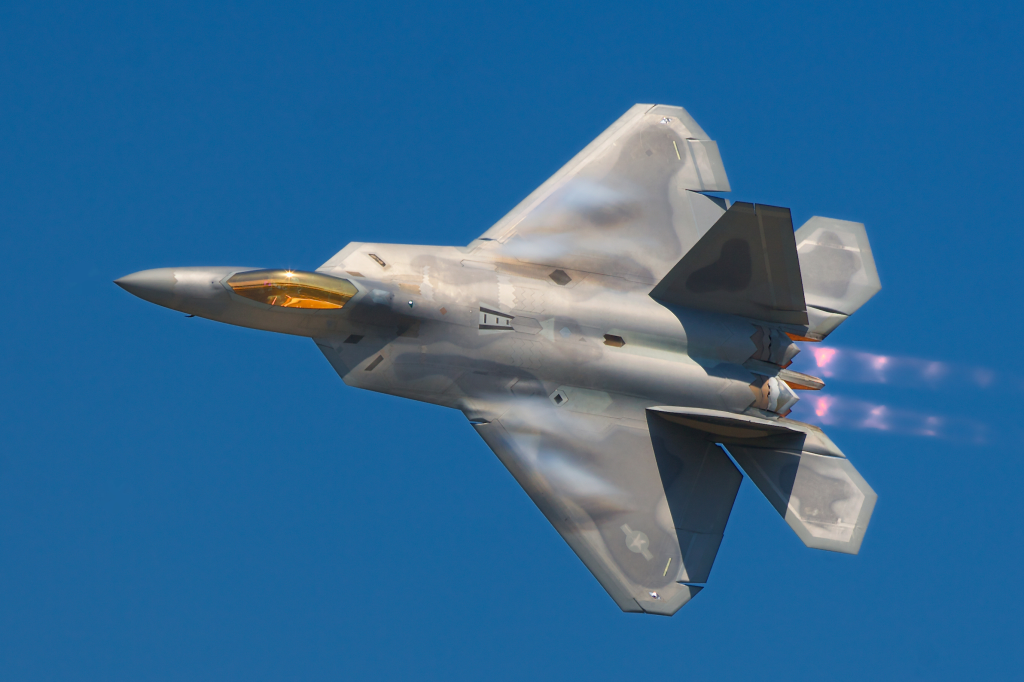
The reputation of the F-22 Raptor as a relic of bygone wars is being erased. Priced out of retirement, America’s premier air-superiority fighter is being transformed in a radical rebirth to prepare it for the reality of a new age of great power competition. The stakes are high: China’s surprise mass production of stealth aircraft and Russia’s continued push to modernize its own arsenal have rekindled the imperative for unopposed air supremacy.
It’s not just about keeping a legacy fighter, though: this revival is a planned shift to keep the gap open until the F-47-the Next Generation Air Dominance aircraft-arrives later in the decade. With billions poured into modernization, this Raptor will be a “Super” model-featuring high-end sensors, electronic warfare, and even command of autonomous drones. The following are ten of the key features of this modernization effort, each describing why the F-22 is the centerpiece of U.S. airpower strategy.
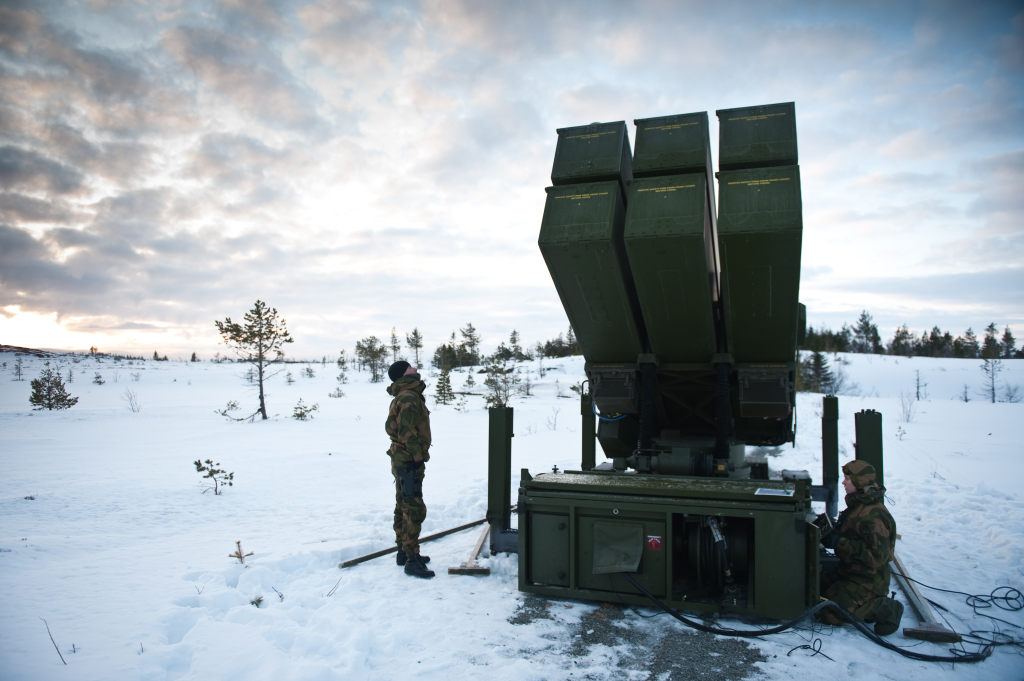
1. Infrared Defensive System for Missile Evasion
One of the major modernizations is the installation of an IRDS (Infrared Defensive System). This enables the F-22 to detect and counter infrared-guided missiles, a possible new threat emanating from advanced enemy air-to-air and surface-to-air systems. It works in tandem with more advanced radar and electronic warfare suites to give pilots earlier warning and more countermeasures available.
The addition of IRDS is a significant move against the development of advanced missile systems with high performance capability in Chinese and Russian arsenals. Moreover, with the increased range for detection and accuracy, the survivability of the Raptor in hostile conditions would be dramatically improved
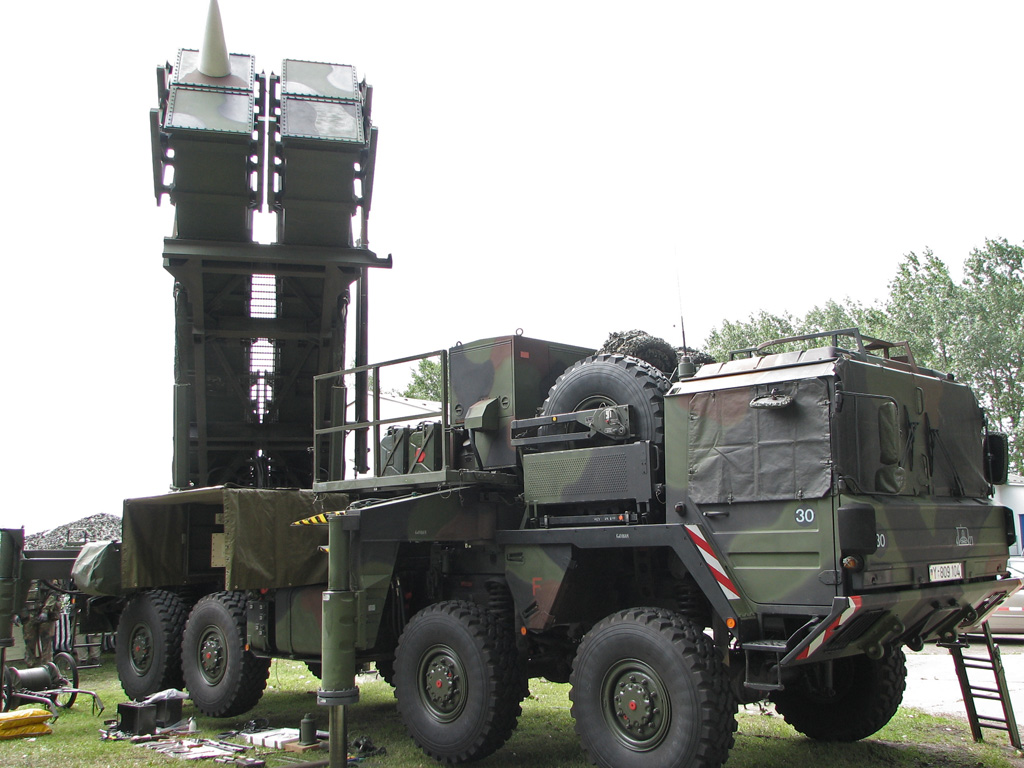
2. Improvements in Stealth Coating against Evolving Radars
Sustaining low observability is an ongoing fight against improving radar technology. The modernization program uses harder, more durable radar-absorbing materials on the F-22’s surface. The coatings not only maintain stealth but lower maintenance requirements, an important consideration in light of the aircraft’s high sustainment cost.
This is a critical upgrade since the enemy utilizes multi-band radars to detect fifth-generation fighters. Upgrading the Raptor’s stealth capability helps the Air Force to maintain penetration through superior Integrated Air Defense Systems without sacrificing mission success.
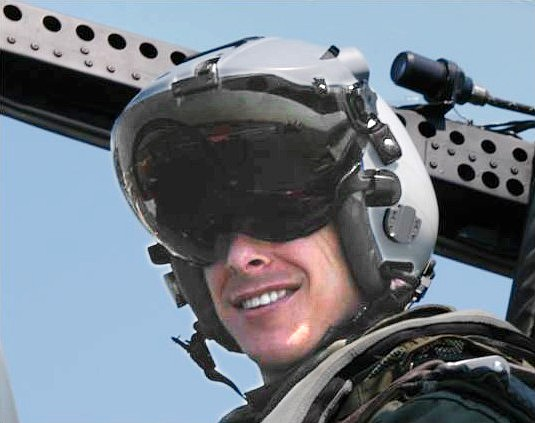
3. Helmet-Mounted Displays and Pilot Interface Reversal
For the first time, the F-22 features helmet-mounted displays, long standard on other advanced fighters. The systems allow pilots to detect and engage threats by simply looking at them, making engagement easier in high-speed, multi-threat environments.
Coupled with new pilot-vehicle interfaces, such improvements enhance situational awareness and decrease cognitive burden. The outcome thereof is faster decision-making in dynamic battlespaces where survival depends on seconds.
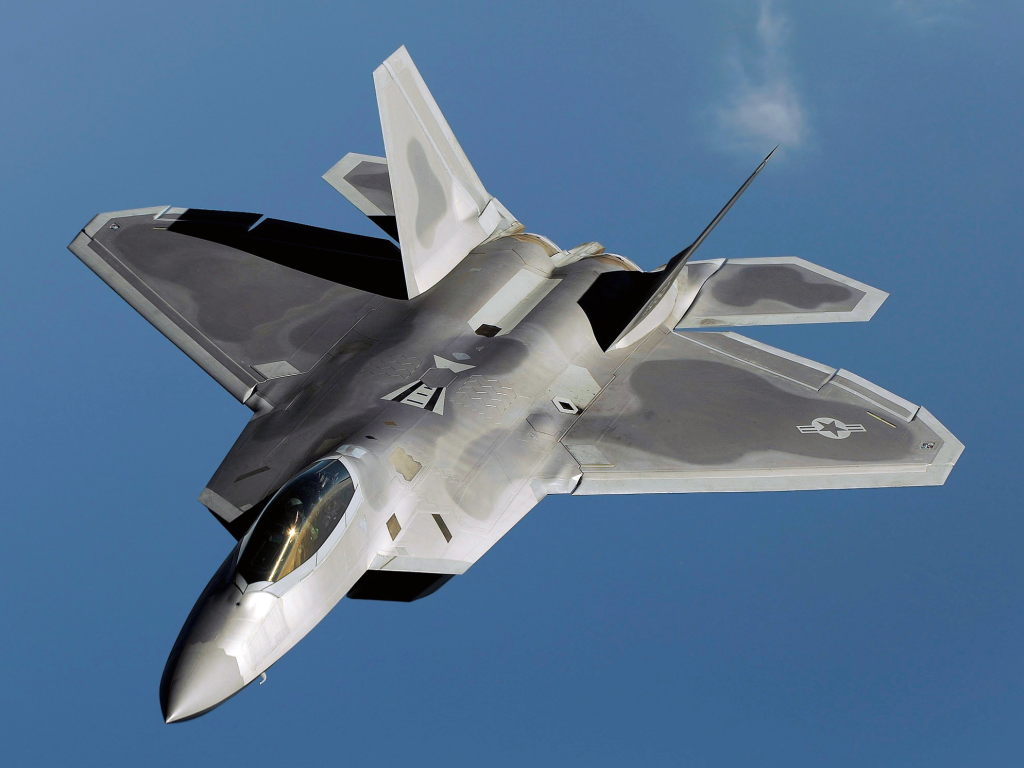
4. Synthetic Aperture Radar for Precise Targeting
Better SAR will provide the F-22 with sharper, more accurate ground mapping and targeting; this is a step ahead in precision strike missions against mobile or obscured targets.
Integrating SAR additionally pushes the Raptor mission envelope beyond air-to-air dominance into high-value strike missions with the ability to maintain stealth. This flexibility is vital even in multi-domain environments.
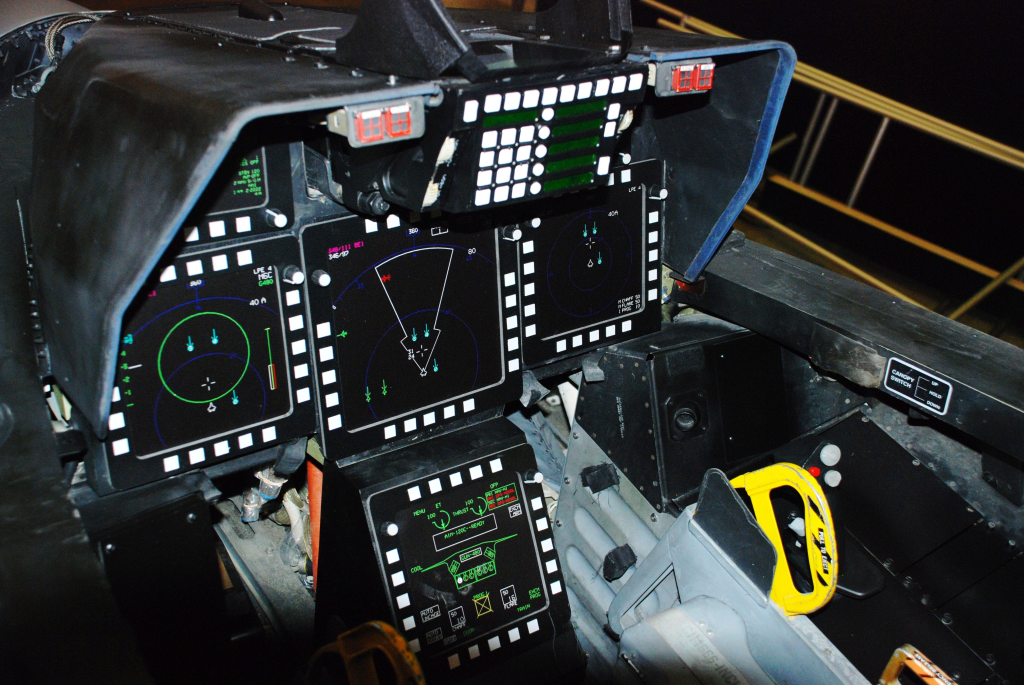
5. Cybersecurity Hardening for Digital Resilience
Modern fighter jets are as much digital platforms as they are physical machines. The upgrade package also includes robust cybersecurity for the F-22 to protect against intrusion and manipulation of avionics and mission systems.
These measures ensure that, in the face of the ever-present and looming threat of cyber warfare, Raptor maintains its state-of-the-art systems unblemished, with full combat capability against even a technologically advanced adversary.
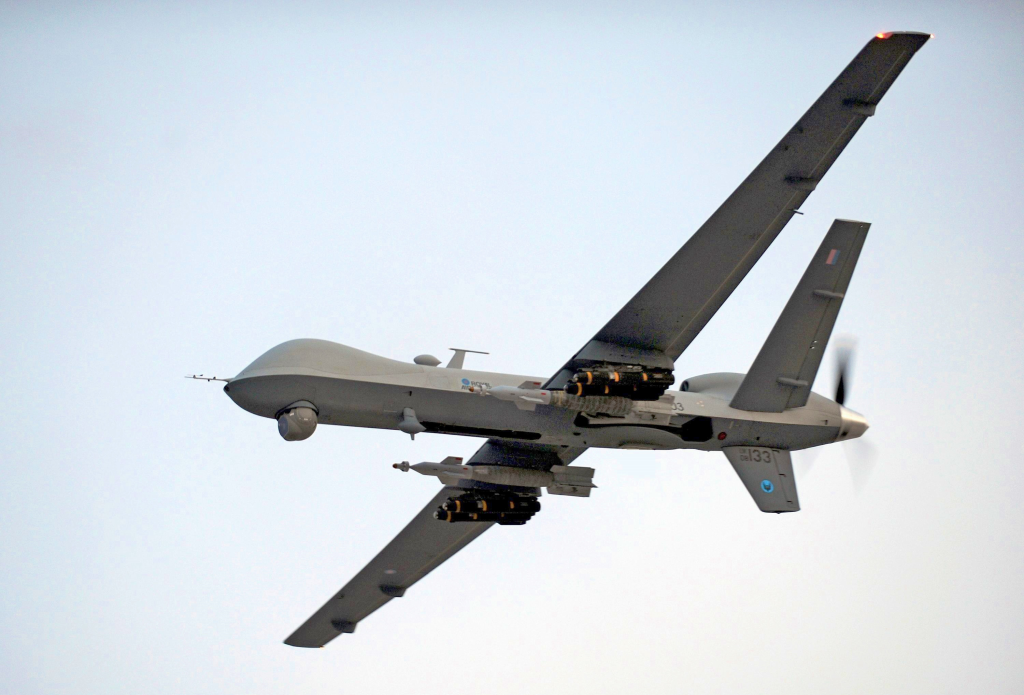
6. Manned-Unmanned Teaming with Loyal Wingmen
The F-22 will be the first stealth fighter to control Collaborative Combat Aircraft drones. Pilots will be able to control unmanned wingmen performing high-risk missions such as ISR, electronic warfare, and strikes via tablet-based cockpit controls and secure data links.
This feature increases the range and survivability of the Raptor and allows it to patrol further into combat zones without being more dangerous for human pilots. The Raptor also serves as a proving ground for technologies that will be used in the F-47.
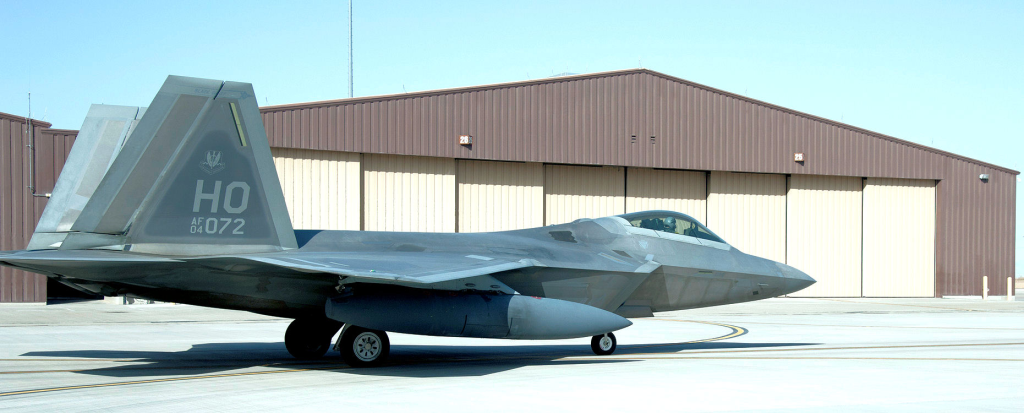
7. Revival of Block 20 Raptors for Combat Duty
The Air Force is also going to modernize 32 Block 20 F-22s, previously intended to become trainers, into fully operational combat vehicles. That would increase the operational fleet by more than 20 percent-from 143 to up to 175 aircraft.
Congress has repeatedly rejected plans for retiring these jets, which leverage their strategic potential. With avionics upgrades, sensor fusion, and compatibility with modern weapons, they would be frontline aircraft that help to fill shortages in an increasingly demanding fleet.
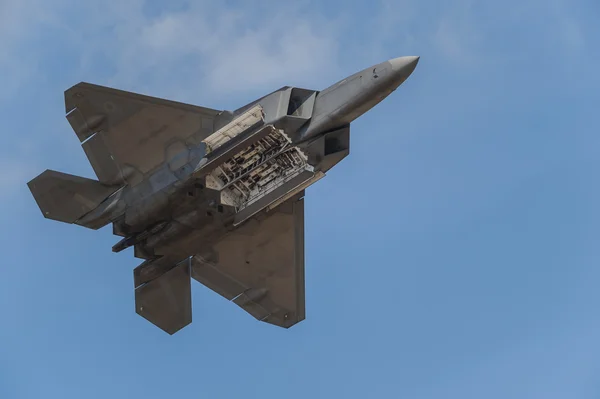
8. Open Mission Systems Architecture for Rapid Upgrades
An open mission systems architecture is being established to accelerate the integration of new technology. It’s a software-defined system that allows sensor, weapons, and avionics updates to be performed immediately with very little redesign. This versatility is critical in an age when the capabilities of our enemies evolve rapidly. It ensures that throughout its lengthy life, the F-22 is able to be reconfigured to meet new threats.
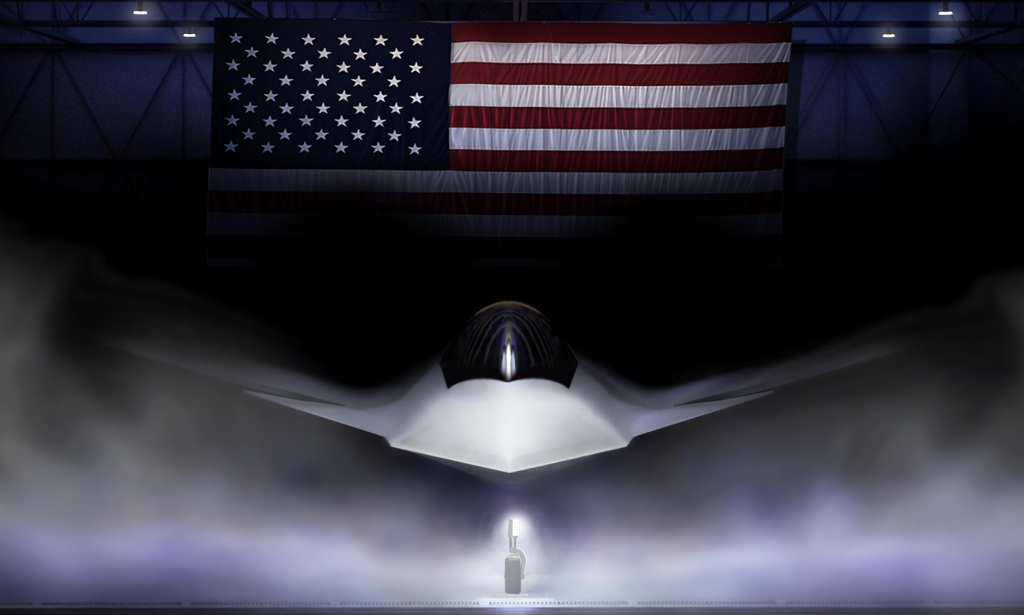
9. Strategic Hedge Until the F-47 Deploys
The NGAD-borne F-47 is revolutionary but will not be in the air until 2028. So far, production runs and timelines are not specified, which makes the F-22 an immediate stopgap measure. By upgrading the Raptor now, the Air Force ensures it retains air superiority over China’s J-20 and Russia’s Su-57 until the F-47 can come into service in meaningful numbers.
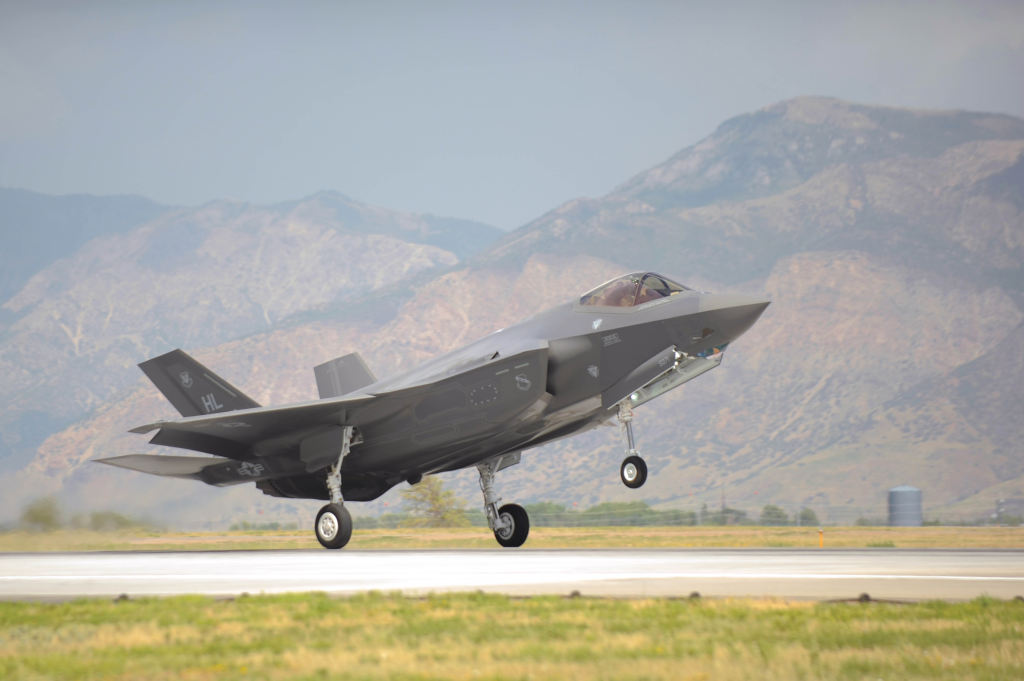
10. Sustainment and Cost Management
Priced at an estimated $44,000 per flight hour, the F-22 is one of the most expensive aircraft to fly. Lockheed Martin and the Air Force are adding performance-based logistics to improve reliability and reduce maintenance hours. These measures and modernization lines at Hill Air Force Base will keep the Raptor airborne well into the 2040s, at a lesser cost than producing new aircraft.
The revival of the F-22 is not simply about technical enhancement but a strategic overhaul of American airpower. By combining cutting-edge systems with proven airframe performance, the Air Force is guaranteeing that the Raptor remains an effective deterrent in this age of rapidly emerging threats. Whether as a bridge toward the F-47 or a long-term fixture in the fighter inventory, the new F-22 is an embodiment of flexibility in military flight.
